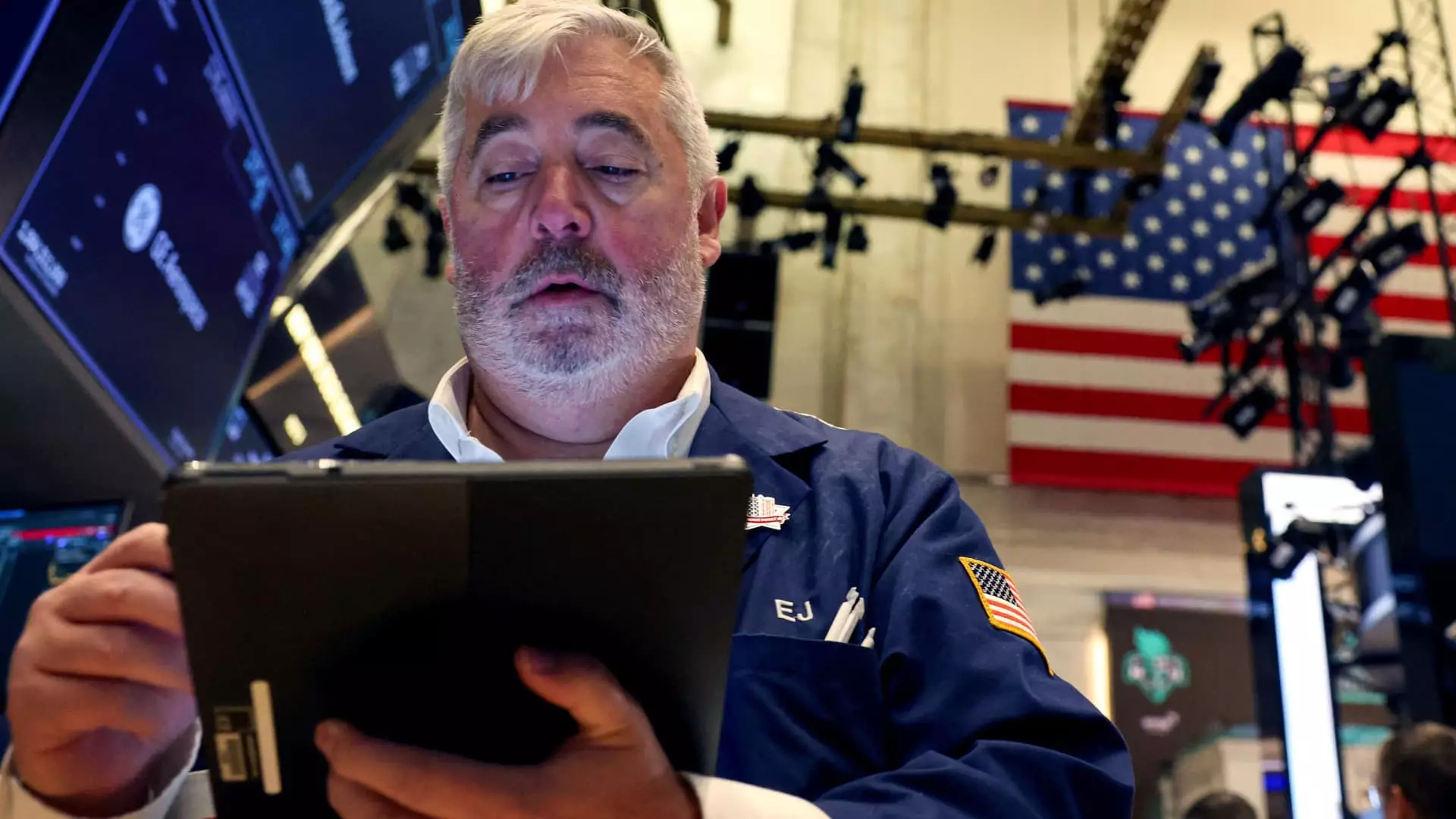The fluctuations in Treasury yields often serve as a barometer for investor sentiment and economic expectations, especially during significant political events like presidential elections. Recently, heightened trading activity has been observed as results from a closely contended presidential race between Vice President Kamala Harris and former President Donald Trump began to unfold. This piece delves into the implications of current market trends, the underlying investor psychology, and the broader economic ramifications, particularly in the context of shifting Treasury yields.
In the early hours post-election announcements, Treasury yields surged, reflecting a pronounced response from investors grappling with the implications of potential political outcomes. The yield on the 10-year Treasury note saw a noteworthy increase of 14 basis points, reaching 4.431%, its highest point since July. Similarly, the 2-year Treasury yield rose by 8 basis points to 4.285%, marking its apex for the month. Such movements underscore the direct correlation between political uncertainty and bond market reactions.
The prevailing sentiment on Wall Street indicates that if Trump were to reclaim the presidency, significant market adjustments could follow. Early projections from networks indicated a Trump victory in critical states like North Carolina, heightening concerns about future fiscal policies and their potential impact on the overall economy. Analysts speculate that the prospect of a Republican unity across the White House and Congress could lead to fiscal measures such as tax cuts and increased tariffs. These potential policies carry the risk of expanding the fiscal deficit while simultaneously stoking inflationary pressures.
The unpredictable nature of election outcomes has led to a considerable amount of speculation among traders. According to finance expert Jeremy Siegel from the Wharton School, the bond market’s responsiveness could become particularly volatile depending on the election’s conclusion. He pointed out that the anticipated tax policies closely associated with a Trump victory might propel bond yields upward as investors recalibrate their expectations for inflation and fiscal health.
Conversely, a victory for Kamala Harris may lead to a distinctly different market outlook. The perception of fiscal discipline or lack thereof from both candidates contributes to investor anxiety. While neither Trump nor Harris’s campaign highlighted strong commitments to controlling federal spending, a divided Congress under a Harris administration might soften the potential spike in yields, given the challenges that would likely arise in enacting sweeping reforms.
The financial responses to these election dynamics extend beyond immediate yield fluctuations. As bond yields have risen sharply, especially with a reported 50 basis point jump in October alone, the implications are manifold. Investors are wrestling with the likelihood that a significant Republican victory could escalate pressure on the Treasury market, leading to a sell-off across the spectrum of bonds.
This situation may seem alarming for those invested in Treasuries, but it represents a broader market correction. The surge in yields is indicative of investor anticipation concerning intensified government borrowing, which might arise from increased spending initiatives. As Byron Anderson from Laffer Tengler Investments suggested, the bond market is currently “selling off across the yield curve,” reflecting widespread recognition of the potential Trump trade paradigm returning to the forefront.
Moreover, upcoming decisions from the Federal Reserve further complicate the landscape. Scheduled discussions surrounding interest rates are expected to bring about a quarter-point reduction, a move that could have profound implications for the bond market amid these political developments. The interplay between presidential outcomes and central bank policies remains a significant focal point, as investors seek to navigate the unfolding economic scenario.
The intersection of election outcomes and Treasury yields encapsulates a complex tapestry of investor sentiment, economic expectations, and potential future policies. With the volatility linked to the presidential race, understanding these dynamics is essential for anticipating further market movements and making informed investment decisions. As the results solidify, the true scope of their ramifications will become clearer, guiding the trajectories of both the bond market and the broader economy.

